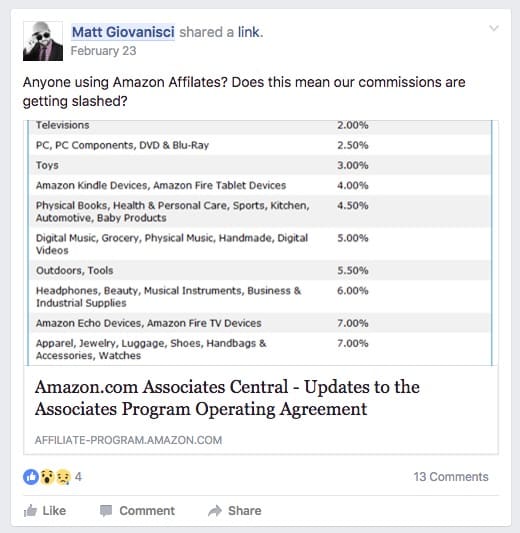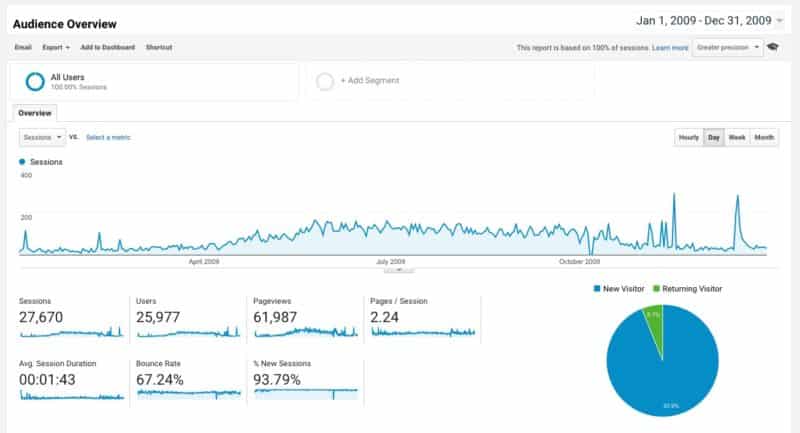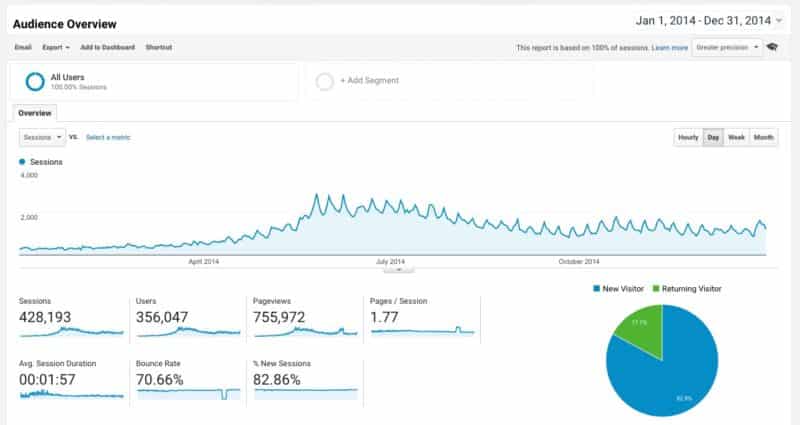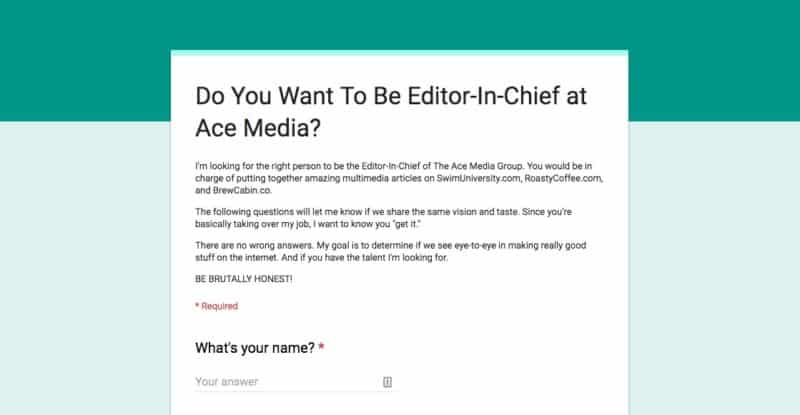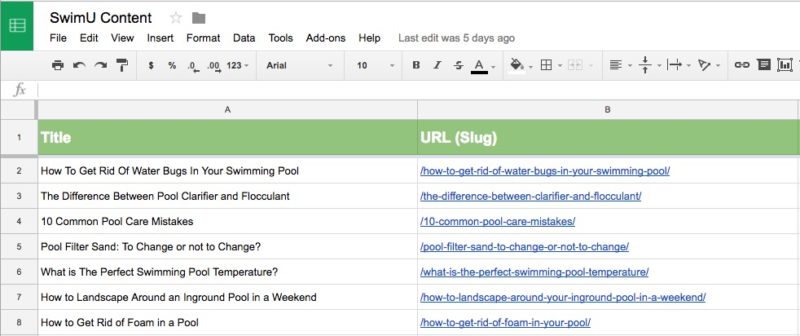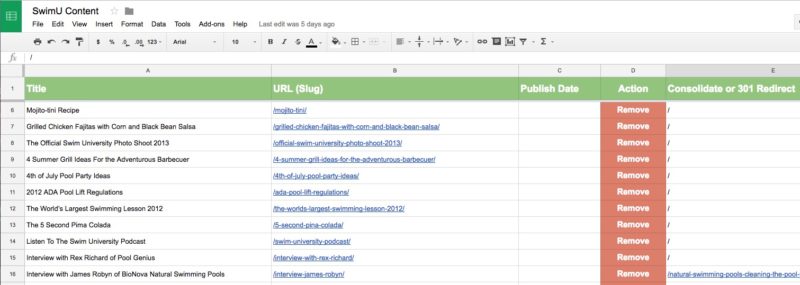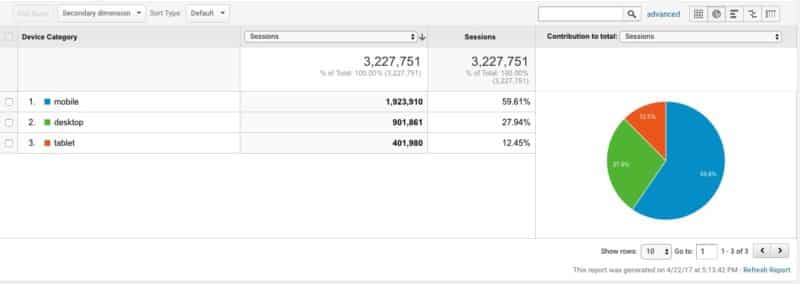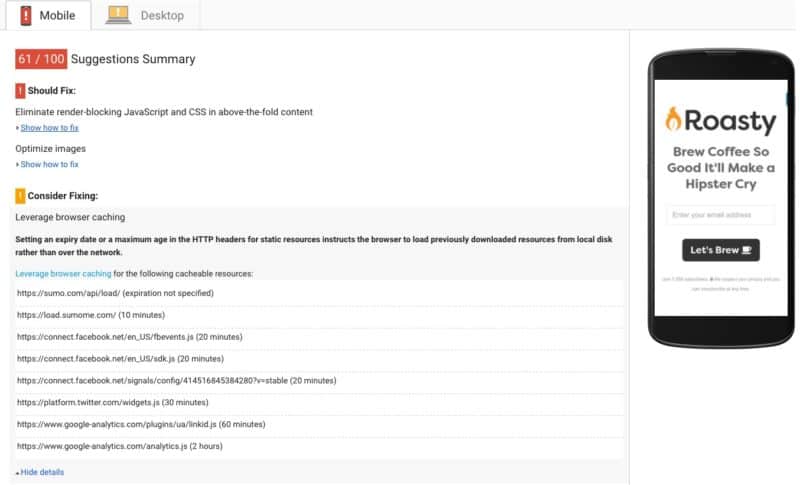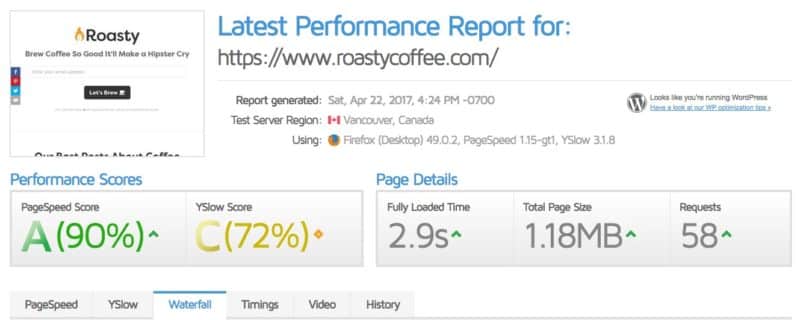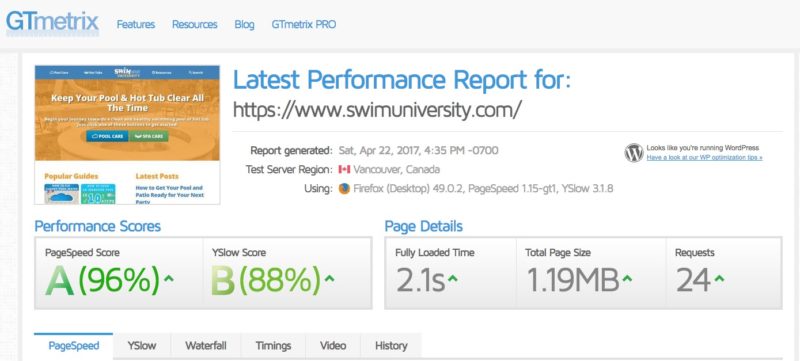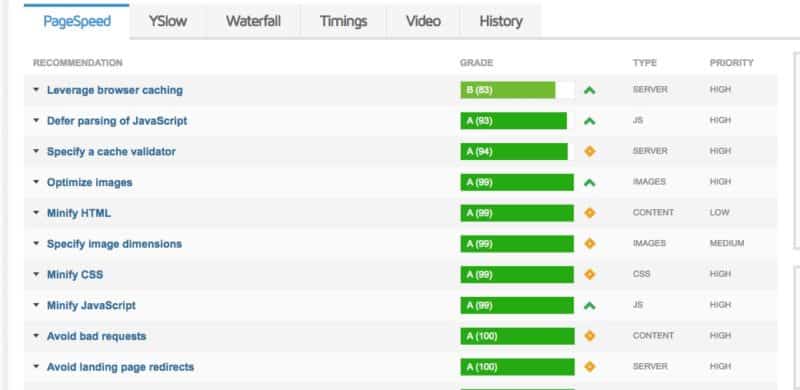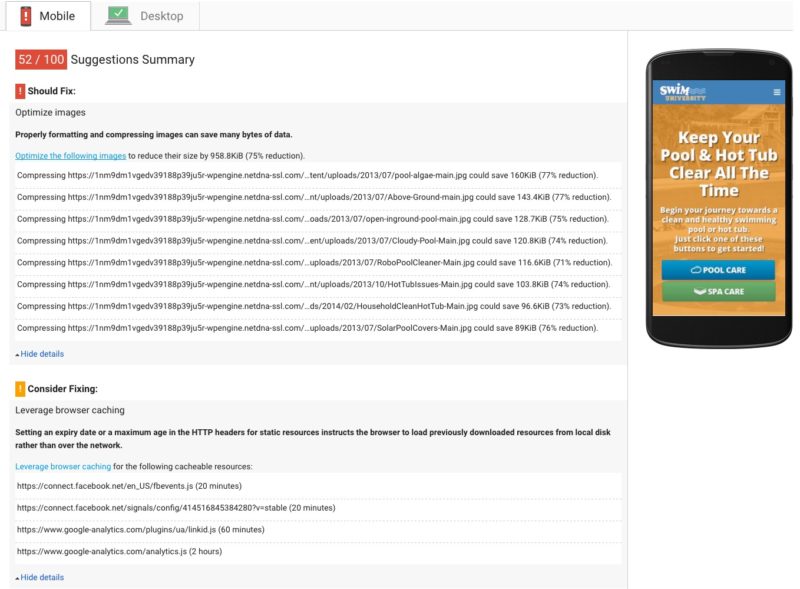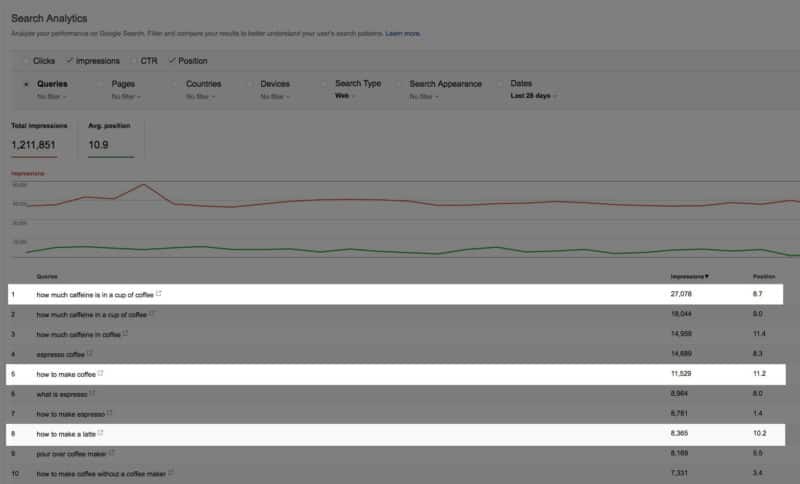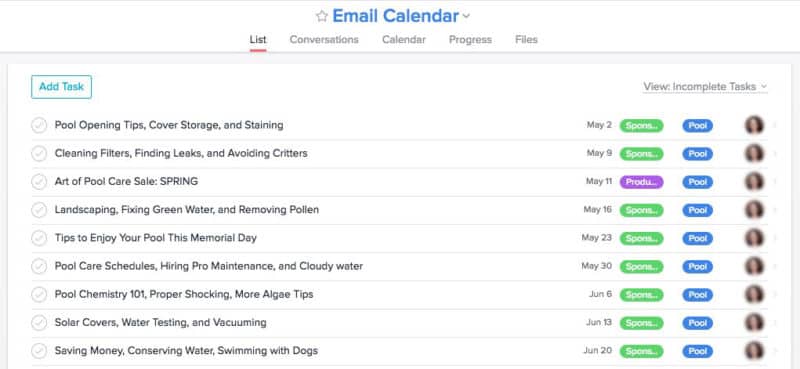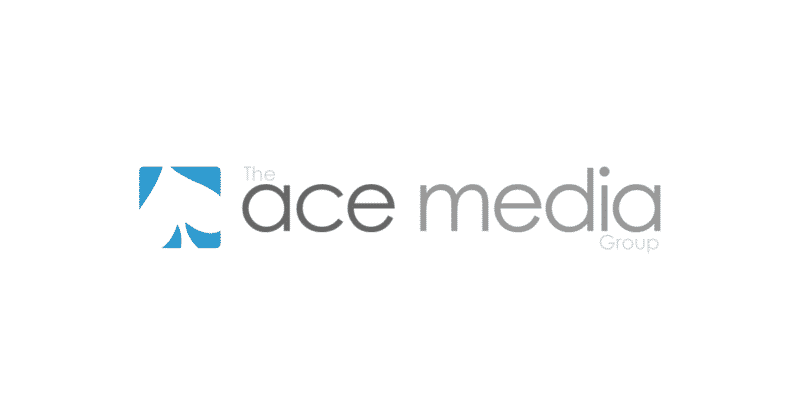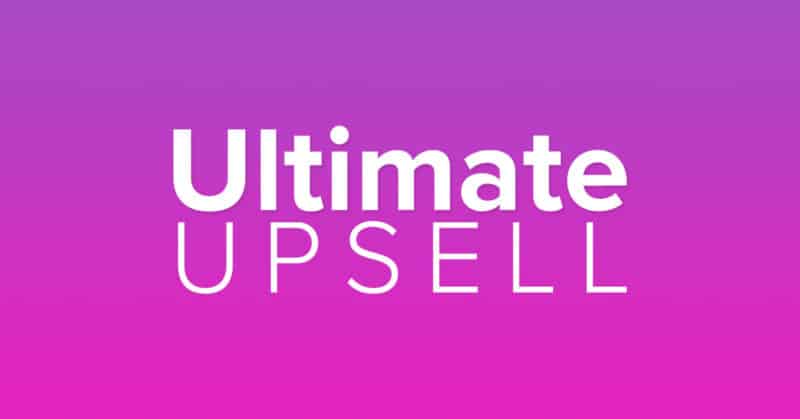It was 11:42 am on February 23rd, 2017 when I thought, “my life is totally fucked.”
I remember the exact time because I was waiting to board a flight to Austin. I got an email from a Money Lab reader expressing his concern about joining the Amazon affiliate program because of a fee structure change.
At the time, I didn’t know what he was talking about until I posted this on Facebook:
According to the comments in this post, my business revenue was about to be cut by about 50%.
For years, I told online entrepreneur friends who get most of their income from a single affiliate source:
All it takes is ONE board meeting at that company to completely destroy your business.
And that board meeting just took place at Amazon, potentially slashing my revenue in half.
The Wake-Up Call
Suddenly, I was forced to stop and question my entire business model.
I was at Lazarus Brewing Company in Austin talking with Steph when I realized that I couldn’t rely on affiliate income anymore! And this was an opportunity to shift to new income streams and revenue sources that I could control.
I took March 2017 off to research new business models from bigger media companies and stopped listening to the same old rhetoric about passive income and affiliate marketing.
That’s when I decided to stop thinking of myself as an online entrepreneur and start building a real digital media company with a new way of making money.
How Much Money Did I Really Lose?
I make all my revenue from two online brands: Roasty and SwimU.
Roasty Coffee Losses
RoastyCoffee.com makes 100% of its revenue from Amazon. In February 2017 it grossed $3,121.13. The site received 96,868 page views that month.
In March (after Amazon removed the variable fee structure) it grossed $1,553.09. The site received 98,448 page views that month.
That’s a revenue drop of 55% and a bit more than expected.
Swim University Losses
SwimUniversity.com was not as drastic, and only 70% of its revenue is from Amazon.
In March 2017, SwimU grossed $9,226.46 from Amazon. The site received 273,175 page views that month (off-season). That’s about $0.03 per pageview.
Last year I was getting roughly $0.02 per pageview. So, SwimU is doing slightly better with the new fee structure!
The New Business Model
Affiliate income is treated as a bonus, but not relied upon.
I want to run a company with multiple brands, across small consumer-focused categories, and consistent revenue from advertising contracts and digital products.
I’ve been focused on improving and optimizing the Swim University brand by:
- Hiring an Editor-in-Chief (to improve current articles and create more “holy shit!” content)
- Performing a Content Audit (to optimize content that’s working)
- Improving SEO With Pagespeed Performance (because my traffic and readers come from Google)
- Creating a New Editorial Calendar (to schedule timely content that matters to my audience)
- Inventing New Advertising Products That Sell Themselves (to make more money and stop relying primarily on affiliate income)
The rest of this article explains how I completely revamped my business after all the shit hit the affiliate fan.
Some Context About Swim University
Swim University is an online resource for pool and hot tub owners to help them learn proper care and maintenance. We publish in-depth articles, videos, and guides online.
I started the site in 2006 with a goal of getting traffic and selling advertising.
Traffic Growth Timeline
The first full year of Google Analytics data I have is from 2009.
In 2010, traffic doubled. But in 2011, traffic tripled to 160,060 sessions. This is all because I created pretty shitty articles and practiced some black hat SEO.
In 2012, when I started creating better content and YouTube videos, I dropped to 84,553 sessions. Fucking Penguin.
I wasn’t making decent money from the site. Maybe $250 a month via Adsense at the peak of pool season. And I didn’t have enough traffic to sell direct advertising yet. So I focused on creating more in-depth articles and videos.
In 2013, traffic increased to 157,639. But it wasn’t until 2014 when SwimU started doing well.
I tripled the traffic to 428,193 sessions and advertisers started calling.
Revenue Growth
All that work from 2012-2014 really paid off in 2015 when SwimU earned 1,517,666 sessions. I started making good money:
- $80,326.06 from Amazon Affiliate revenue.
- $40,100 from selling direct banner advertising.
- $5,564 from The Art of Pool Care (my second digital product).
- $5,287 from The Hot Tub Handbook (my first digital product).
- $2,531.04 from Adsense and YouTube combined.
- Total Gross Revenue: $133,808.10
I successfully created a lifestyle business. And I could have just continued to improve these numbers all by myself. But I wanted to build a multiple brand media company and I started Roasty and Money Lab.
1. Hiring an Editor-in-Chief
I want to work with people who are talented and have great taste. People who want to join my mission in making the internet suck less.
Swim University publishes digital content consistently, so I needed to hire someone who was in charge of that schedule.
Creating a Unique Job Application
I was looking for someone to create in-depth content and produce a weekly curated newsletter. They can either create it themselves or hire a freelance team within a budget.
I sat quietly and wrote down everything the job would entail, and the type of person I thought would be best suited, and to find out if they had a taste for quality online content and if they were talented enough to execute similar stuff.
I created a simple Google Form as the application/interview process.
The questions were:
- Share 3 URLs to what you would consider amazing multimedia articles (or “content”) on the internet right now.
- Add 3 websites you think have the best design.
- Share 3 URLs to videos that you think are absolutely hilarious.
- What software or language have you used before?
- Do you like or dislike this article ? What would you change if you were the editor?
- Do you like or dislike this video? What would you change if you were the producer?
I sent the application to the Money Lab list (about 2,500 people) and published it on my personal Facebook page, a couple of FB groups, and Twitter.
Within two days, I got a surprising 28 applicants! But only one stood out to me.
The Editor-in-Chief Position Has Been Filled
I had secret answers in mind for some of the questions, and if anyone got one, I would interview them for sure.
For example, if someone chose one of these as their answer to the first question, I would grant them an instant interview.
Also, the article you had to critique lived on SwimUniversity.com, and I assumed because of that, applicants wouldn’t give honest criticism. I was right and only a handful of people gave good feedback.
The person I hired qualified for an instant interview and was brutally honest in their critique. I loved it!
2. Performing a Content Audit
For the past two years, we’ve added a lot of unnecessary articles in the name of producing weekly content because “Google likes fresh content.”
That probably isn’t true.
For a resource site like SwimU or Roasty, I think you can produce all “Holy Shit!” content that’ll always rank and continue to drive traffic. “Holy Shit!” content is in-depth, entertaining multimedia stories or guides that are well-designed, formatted, and easy to digest.
How I Performed a Content Audit on Swim University
Todd Tresidder talked about performing a content audit FinCon 2015. He mentions that doing this doubled his traffic. And he’s not the only person with similar results.
Analyze the content on your site and making one of four decisions:
- Keep.
- Keep and improve.
- Consolidate into another post, redirect, and delete.
- Delete and redirect to another post or page.
I added 373 published post, by hand, into a Google sheet. There’s probably an easier way to do this, but whatever, that’s how I did it.
Then, I used Google Analytics to find the top 50 posts in the last 365 days that got the most traffic and marked them blue. If they’re green, that means they need improvement.
Then, I picked which posts I needed to delete – posts that really had no business being on Swim University in the first place.
I added a column called “Consolidate or 301 Redirect.” When I deleted a post, I redirected that URL to another page. But if there was nothing related, I defaulted the redirect to the homepage with a “/.”
To perform the actual redirects in WordPress, I used a free plugin called Redirection. But I recently updated to Yoast SEO premium, so now I’m using the one they have.
Then, I consolidated posts that centered around a single topic. For example, you’ll notice three articles in the image above:
- 3 Essential Tips for Keeping Your Hot Tub Clean
- How To Remove Nasty Biofilms in your Hot Tub
- How to Properly Fill Your Hot Tub with Fresh Water
These were short, non-epic posts about very specific topics and they all had to do with draining and cleaning a hot tub – something hot tub owners do every 3-4 months.
I copy and pasted the content from those three posts and added it to this one: How to Drain and Clean a Hot Tub.
I deleted the three posts and redirected the URLS to the updated one.
The Results of The Content Audit
I deleted 88 posts, which leaves me with only 285. And to be honest, I could keep going.
It’s too early to tell if traffic will increase. And it’ll be hard to tell since I can’t compare growth month-to-month. It’s April, and traffic is ramping up because we’re headed into pool season.
However, I plan to do this on Roasty and document it on Money Lab. But I feel it’ll have a huge impact on the site.
3. Improving SEO (Including Pagespeed Performance)
I want Swim University to be one of the fastest sites on the internet, which is known to improve SEO, and thus, increase traffic.
Plus, 72% of visitors read SwimU on a mobile device, so speed is super important. This is according to Google Analytics in 2016:
Checking The Page Speed
There are two tools I use to measure page speed:
Google’s tool is more of a suggestion, but GTmetrix actually analyzes to see what’s fast and what’s slow.
Because I already fixed SwimU’s page speed before writing this article, I’ll show you Roasty’s since it hasn’t been optimized yet.
The render-blocking CSS is an easy fix. I just move it to right before the </body> tag. However, this screen makes me angry for a few reasons:
- I already optimized the fucking images with a plugin called Optimus that I paid for!
- SumoMe is crazy slow!
- I hate that I need the fucking Facebook pixel to run ads rarely!
- GOOGLE ANALYTICS!? That’s YOUR fucking product!
Ok, whatever, Google. What does GTmetrix say?
Ok, PageSpeed score is not bad. But there are the Facebook, Google, and SumoMe scripts again.
WTF?
How I Made SwimUniversity.com Super Fast
I had to make some decisions about plugins I use. But first, I fixed the things within my control. I used this post as my guide:
- Moved all CSS, JS, and font scripts to the footer.
- Installed Optimus (and maybe moving to WP Smush) to bulk optimize images and on-the-fly.
- Installed Autoptimize plugin to minimize HTML, CSS, and JS code.
- Removed any unnecessary fanciness like animations.
- Removed SumoMe.
Let’s see how I did in GTmetrix.
HELL YEAH! Swim University is fast as shit! Just look at all those beautiful green bars:
Sweet! Let’s break it down:
- Good browser caching thanks to Autoptimize and WPEngine (my hosting company).
- Images are optimized thanks to Optimus.
- Minified the HTML, CSS, and Javascript thanks to the Autoptimize plugin.
What does Google Pagespeed Insights have to say?
Fuck you, Google. I tried.
Getting Rid of SumoMe and Building My Own Custom Plugin
The biggest reason for my site being fast is removing the SumoMe plugin. It’s a big plugin that uses a lot of processes that I didn’t need.
For the past year and a half, it’s come in handy. I quickly added popup email boxes, welcome mats, and smart bars, and tested which worked best.
But I’m taking my websites more seriously and that means not relying heavily on third-party plugins.
Here’s a video to show you what I replaced SumoMe with and how I built it.
I Also Removed The Share Bar
As a reader of internet pages, I think share bars are annoying and distracting. And I’ve never clicked one. If I want to share something, I do it manually. It’s 2017, and we all know how to use Facebook.
Although, according to SumoMe, people are clicking these buttons. But I don’t know if they finished sharing or clicked accidentally.
Either way, I got rid of them on Swim University. I’m also getting rid of them on Roasty, and they were never installed on Money Lab.
My goal with social media marketing is to drive traffic to my website. Looking at Google Analytics in the last 365 days, social media drives only 13% of my overall traffic. 80% of that comes from Pinterest and only 16% comes from Facebook.
Facebook is a very small portion of my traffic and it’s something I don’t think is worth doubling down on. Plus, if they change the algorithm ONE more time, I’m gonna choke someone.
Here’s what’s crazy: the 16% of Facebook traffic is directed to a post on my site that has nothing to do with pool care. And the reason people are sharing is because they found it on PINTEREST!
Looks like I should double down on Pinterest.
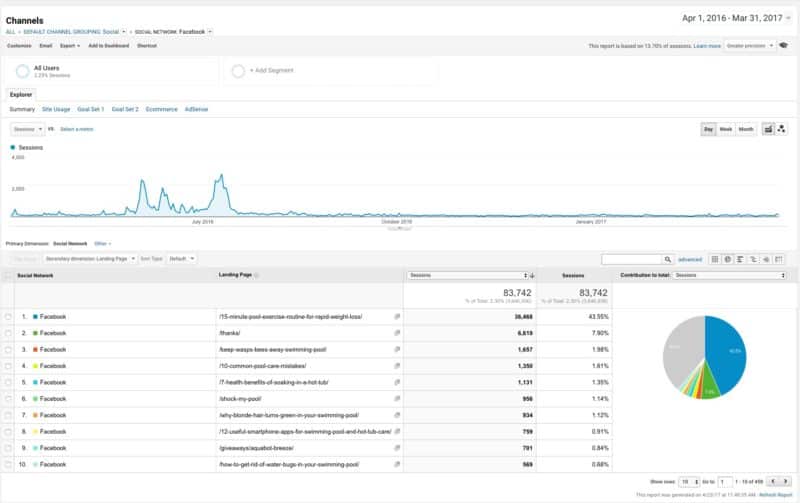
This is how much traffic Swim University really gets from Facebook
4. Creating a New Editorial Calendar
For the past few years, we published one or two articles a week. Those articles will be automatically emailed via RSS in Mailchimp to our subscribers.
But quality content outperforms everything regardless of publishing schedules. Swim University gets mad traffic because of the epic articles I wrote four years ago. Only a handful of the articles produced in the past two years ranks in the Top 50.
So our new/old strategy is less frequent high-quality content over more frequent mediocre stuff.
Producing High-Quality Content Less Frequently
Swim University is a timeless resource. It’s more like updating a book than a blog.
Each month we’re creating new epic articles or refreshing older ones on the verge of ranking. These articles will be over 2,000 words and include graphics, videos, and helpful links.
NOTE: “on the verge of ranking” articles get lots of impressions, but have a low position. You can use the Google Search console to see this. Here are some examples of content we could improve on Roasty:
I created a style guide for Swim University that focuses on, “Holy Shit!” content. You can read the style guide here.
New Weekly Curated Newsletters
We’re also improving the way we create and send email newsletters by doing them manually.
Instead of an automatic RSS feed of the latest articles (which we’ve been doing for over two years), each email includes 3-4 hand-picked articles centered around a theme depending on the time of year. For example, in April and May, the content will focus on pool opening and cleaning.
The emails will act like a maintenance reminder service for pool and hot tub owners. And I believe people will save these emails and forward them to their friends with pools.
Here’s a link to a recently sent newsletter.
Using Asana (Of Course)
Oh! Of COURSE. I get it because I sell a $25 video course on how to use Asana to run your blog.
I fucking love Asana! Everything that happens at Swim University starts with Asana. That includes the website editorial calendar, the email newsletter editorial calendar, and keeping track of advertising sales.
Here’s a screenshot of what we have booked out so far for the email newsletter:
Inventing New Advertising Products That Sell Themselves
Swim University has three revenue streams right now:
- 64%: Affiliate Income (Amazon only)
- 21%: Direct Advertising
- 13%: Digital Products (two e-books)
I want to shift the revenue percentages away from affiliate income to advertising and digital guide sales since that will give me more control. I’d also like to think of affiliate income as gravy to be invested back in the company.
To improve digital product revenue, I’m testing a new product called Swim University Live. It’s a paid webinar teaching people how to open and take care of their pool. It’ll cost $25 to attend, ask questions, and download the recorded video. For an upsell, It’ll cost $49 if they want the webinar AND the digital guide at a discounted rate.
Swim University Website Advertising Opportunity
Swim University’s advertising mission is to help pool and hot tub owners learn about new products. Currently, for example, the only way for a pool owner to learn about a new environmentally friendly filter system is to hope their local pool supply store showcases it.
Otherwise, the industry has no direct way of reaching pool and hot tub owners. The people making these environmentally friendly filter systems are forced to advertise directly to the store owners through trade magazines and shows.
Swim University is in a unique position to transition these advertisers to market directly to consumers. The more owners find out about these products through SwimU, the more they’ll demand their local pool stores carry it, and more product can be sold. Win-win-win.
So there’s still money to be made, but we just have to be smart about the medium.
I Almost Gave Up On Selling Advertising in 2017
Swim University made $56,350 in 2016 selling advertising products directly. We don’t use Adsense or a third-party seller. I personally email companies and set up sales calls. Yes, I use a telephone.
Our advertising product lineup in 2016:
- 350x350x rotating banner ad on the sidebar
- Sponsored emails
- Custom sponsored posts
- Sponsored videos
I really didn’t want to sell any advertising on SwimU in 2017. But the same customers I’ve had the year before reached out again.
I had a hard time selling last year because I tried pitching huge package deals around $10,000 each. This was an easy sell for companies focused on brand awareness, but not ROI.
An advertiser I worked with before reached out and asked if they could advertise in a single email blast and I turned them down. But I sat on that thought for a bit, and I thought, why can’t I sell them just one email? It takes five seconds to put an ad in an email that we’re sending out anyway.
Creating New Advertising Products That Customers Want
I listened to the customers and created a new product: single sponsored emails. This is a low-cost way for advertisers to reach customers and test their messaging.
Advertisers loved this new product because it’s never been possible before. And since we only send out one email a week, we have limited inventory that creates urgency. Within a few weeks, we sold out the entire pool season.
We’re not charging a lot of money for this product at first, but we know it’ll scale well. The more subscribers we have, the more we can charge.
The reason for a low price point is to get our foot in the door so advertisers see it in action. Once they have a taste, they’ll come back for more.
But that’s just email. We also offer two other products:
- Custom Sponsored Posts
- Premium Sponsored Posts (Beta)
With Custom Sponsored Posts, an advertiser pays us to publish a new article centered around an agreed upon topic on SwimUniversity.com. Their company name, logo, and URL appear as the sponsor under the headline and after the post.
This is an evergreen product. Once we sell it, it lives on the site forever and never changes. But this year I had another idea. And to be honest, it was really Steph’s idea.
Beta Testing a New Advertising Product: Premium Sponsored Posts
We have high-performing posts on the site that get a lot of traffic. These posts are not sponsored because they were written before we offered advertising.
The thought was: what if an advertiser could sponsor these posts monthly?
I reached out to a current advertiser who I thought might be interested. I pitched them on it with a heavily discounted price since it was in beta. And in return, they’ll share ROI data and help me refine the product.
So starting in May we’re going to test this for a month. One of our posts will be sponsored and include some creative banner ads within the body of the article. The content is relevant to the content, so it fit perfectly.
Our goal is to see if these ads actually convert to sales. If it does, we’ll be able to sell more of these premium spots per month.
This is a product I’m very excited about and hope it works out. We’ll see.
The goal of all this is to make more money with our own products and services than with affiliates. We’ll use the affiliate money to invest back into the company with video, staff, and other things to help us grow more traffic and subscribers.
What I Learned From Completely Revamping and Optimizing My Business in 25 Days
I think back to that miserable flight to Austin when I thought I was totally fucked, and how different I feel now after only a few months of resting and revamping.
Now, I feel fantastic! I have a solid strategy to move forward and can point to a working business model with confidence.
The most valuable thing I did was not working in March. I thought about what I really wanted and came to a conclusion: think big and only produce high quality.
Regardless of what form that takes, I want people to say, “Matt makes awesome shit.” I want my brands to be what other brands emulate. And I don’t want to be at the mercy of a board meeting that might fuck over my business ever again.
What’s important is producing extremely high-quality art that’s helpful, entertaining, and makes money. And if I continue to do that, no matter what my company looks like, I’ll be happy.
Image credits: “Revenue” by Jonathan Collie is licensed under CC BY 3.0.
